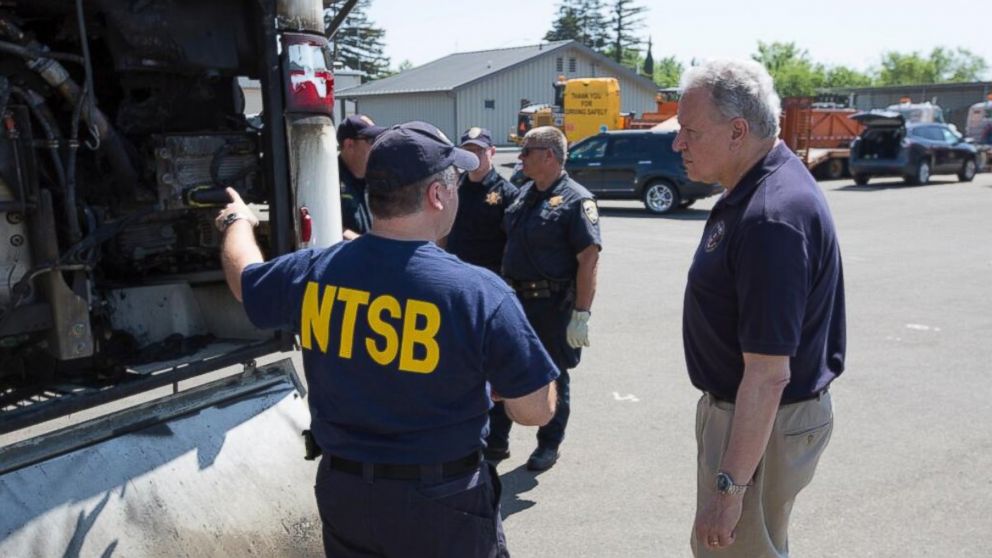Black Boxes Not Just for Airplanes
Buses, Trains, Cars and even Cruise Ships have them too.

April 14. 2014— -- The ongoing Malaysian Airliner mystery has highlighted the importance of recovering black boxes in investigating the causes of air disasters, but the devices, which record the crucial last moments before an accident, are not exclusive to airplanes.
This week, a fiery bus and truck collision in Orland, Calif., threw the spotlight on the recovery of the bus' black box-like device that could help investigators pinpoint the cause of the crash that guttered both vehicles, killed 10 and injured dozens more students.
The National Transport Bureau said Saturday it could take months before the cause of the crash is determined, but that they have managed to extract the Electronic Control Module (ECM) from the burnt wreckage of the bus and are analyzing it as part of the investigation. The truck's ECM was destroyed.
"The information that can come from it will be engine function, braking, speed, acceleration," NTSB officer Keith Holloway told ABC News. "There are some other parameters as well but those are main things we're looking for."
Holloway said that ECMs like the one recovered on the bus are commonly found on many different modes of transportation. Only airplanes are required to install them by law, but many other commercial vehicles such as trains, cars and even cruise ships have a data recording device of some sort.
Lawrence M. Levine, an engineer that has consulted on hundreds of court cases as an expert on vehicle accident reconstruction, told ABC News that the black box-type devices vary according to the vehicle model and that each "auto manufacturer has a little twist to it they've been developing over the years," though they have become "a little more standardized."
Levine said that ECMs in cars keep track of the vehicle's computer internal system and are usually located in the engine compartment. Unlike airplane "black boxes," which are actually orange, most in his experience are actually black.
"They might be different colors, but it's not like in an airplane, where they need to be bright so they're easy to find under the ocean," he said.
Even when black boxes can be recovered in vehicle accident investigations, the data does not always provide clear-cut answers and needs to be analyzed carefully in conjunction with varied factors.
"It's not like an animation or a film or anything like that," Levine said. "It's just a bunch of data and you have to make inferences from the data in most cases."
He gave an example of a motor accident, in which the revolutions per minute (RPM) of a car engine could be recorded in a black box, but that information would need to also be evaluated alongside conditions such as "the grade of the road, the load the car had in it or angle of collision."
In Thursday's crash, NTSB officials said they will examine all crash scene evidence, including possible driver impairment, as well as reports from a witness who said they saw the truck on fire before it hit the bus and exploded, according to the Associated Press.




